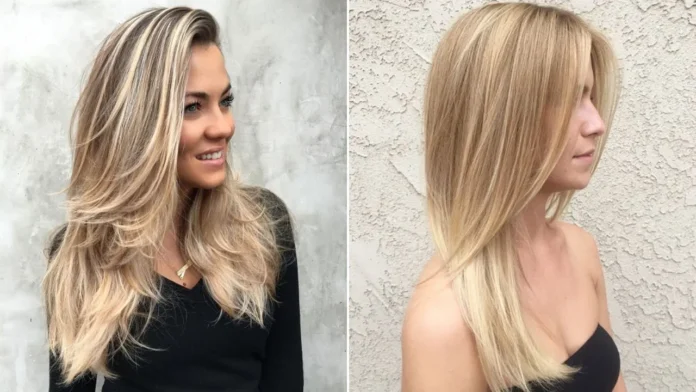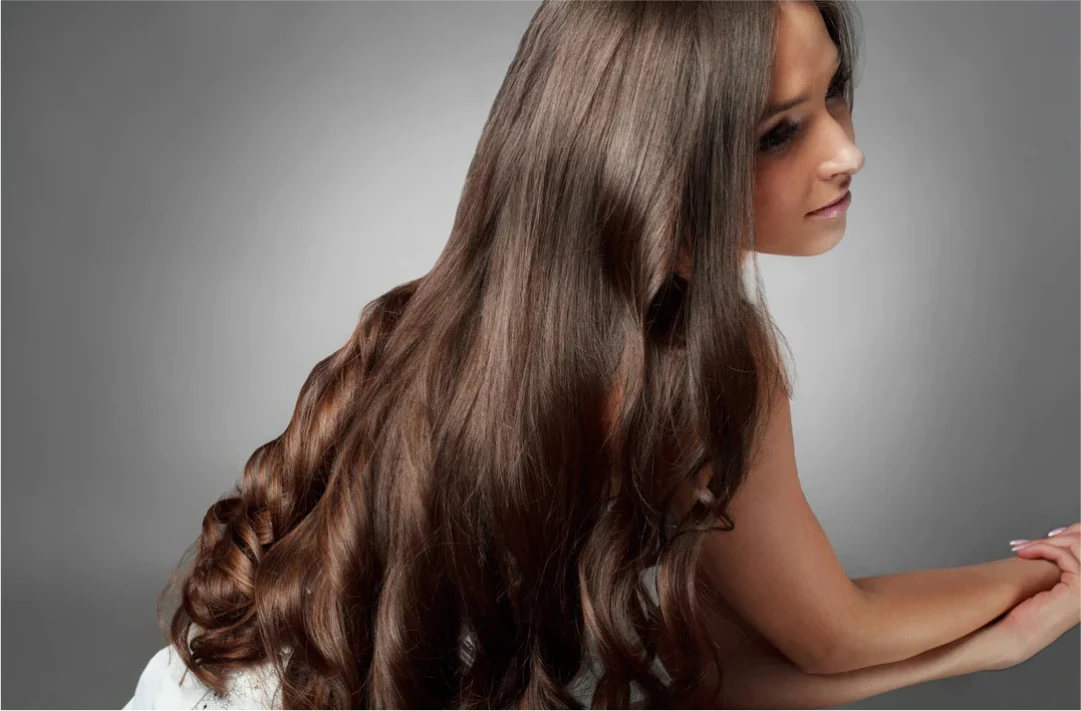Let’s be real — figuring out what your hair needs isn’t always easy. One day it’s frizzy, the next it’s limp. Throw in some heat styling or color treatments, and things can get downright confusing. But no matter your hair type, there is a routine that works — one that fits your lifestyle, your texture, and yes, even your laziness level.
This isn’t about selling some magic shampoo or telling you to never touch a flat iron again. It’s about working with your hair instead of fighting it.
Whether your hair’s pin-straight or a full halo of curls, here’s what helps, without the fluff.
Start with One Question: What’s My Hair Type?

Hair types get thrown around all the time — 1A, 3C, high porosity, low porosity — but let’s break it down into something useful.
| Hair Type | Key Traits | Common Struggles |
| Straight (1A–1C) | Smooth shaft, tends to be oilier | Limp roots, flat volume |
| Wavy (2A–2C) | Loose S-pattern, slightly dry ends | Frizz, inconsistent wave pattern |
| Curly (3A–3C) | Full curls, more porous, dry out faster | Breakage, tangles, shrinkage |
| Coily (4A–4C) | Tight coils, fragile strands, dense | Dryness, definition loss, and shrinkage |
Most people aren’t just one type, especially with heat tools or mixed textures involved. Feel it, look at how it reacts to humidity, and go from there.
The Non-Negotiables (For Everyone)
Some things just matter no matter what hair type you’ve got:
1. Scalp care is half the game
Dry scalp? Oily roots? It all starts at the root — literally. Weekly clarifying with a gentle scalp scrub or exfoliating treatment clears up buildup from products, sweat, and sebum. Think of it like skin care for your head.
Try: a shampoo with tea tree oil for flakiness or salicylic acid if you deal with excess oil.
2. You need to trim
Even if you’re growing it out. Dead ends split upwards, and once they go, there’s no gluing them back together. A light trim every 8 to 12 weeks keeps things neat.
3. Use heat wisely
High heat with no protection? Fast-track to fried ends. Always use a thermal protectant, keep tools below 400°F, and don’t press the same section three times. If your curling iron smells like toast, that’s a problem.
Tailoring Your Routine by Hair Type
For Straight Hair

Your biggest hurdle? Oil and limpness. Try lightweight products — nothing heavy or rich.
- Wash: 2–3 times/week with volumizing or balancing shampoo
- Condition: Only mid-lengths to ends
- Style: Dry shampoo on day two is your friend. Don’t skip it.
For Wavy Hair
This texture craves balance — not too oily, not too dry.
- Wash: Every 3–4 days.
- Condition: Hydrating but not greasy
- Styling tip: Scrunch with a lightweight mousse or sea salt spray for definition without crunch
For Curly Hair
Hydration is the name of the game. And don’t brush when dry unless you like frizz.
- Wash: Once or twice a week.k
- Condition: Rich conditioner, leave-in optional but recommended
- Extras: Use a microfiber towel or cotton T-shirt to dry; regular towels rough up the cuticle
For Coily Hair
This hair type is fragile, not tough. Treat it with care.
- Wash: Once a week or less, co-wash if needed. ed
- Condition: Always use a deep conditioner or hair mask
- Seal: Use the LOC method (Leave-in, Oil, Cream) for lasting moisture
- Protective styles: Braids, twists, or buns reduce breakage — just don’t leave them in too long
When It’s Time to Go Pro (And Why It’s Worth It)

At a certain point, your routine can only take you so far. If you’re dealing with serious breakage, color damage, or a total loss of shape, getting a second opinion from a stylist can save you months of trial and error.
And let’s talk about product quality. No, you don’t need to drop $80 on every bottle, but not all shampoos are created equal. If you’re ready to level up, explore routines and product ideas made for your exact texture over at professional hair care. Sometimes, just switching from drugstore to salon-grade shampoo can mean the difference between puffy and polished.
Bonus Tips People Often Forget
- Switch your pillowcase: Satin or silk means less friction and fewer tangles. Especially useful if your hair gets matted or breaks while you sleep.
- Don’t skip hydration just because your roots get oily: Your ends still need love — just avoid slathering product too high up.
- Clarify before coloring: Build-up blocks color absorption. Clean hair equals brighter, more even results.
- Rotate products: Hair can adapt to formulas over time. Switching things up seasonally is smart.
Final Word
Good hair days don’t come from luck. They come from listening to your hair, being patient, and using what works for your texture, not what’s trending on someone else’s TikTok.
Start simple, build as you go, and don’t stress if it takes a few tries to find your groove. The right routine doesn’t feel like a chore. It just becomes part of how you take care of yourself — no drama, no burnout, just real results.







